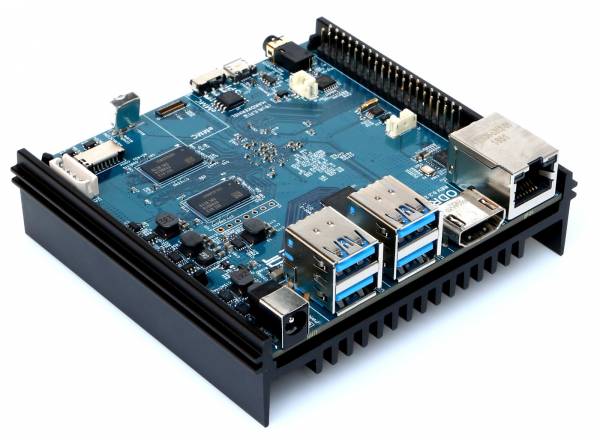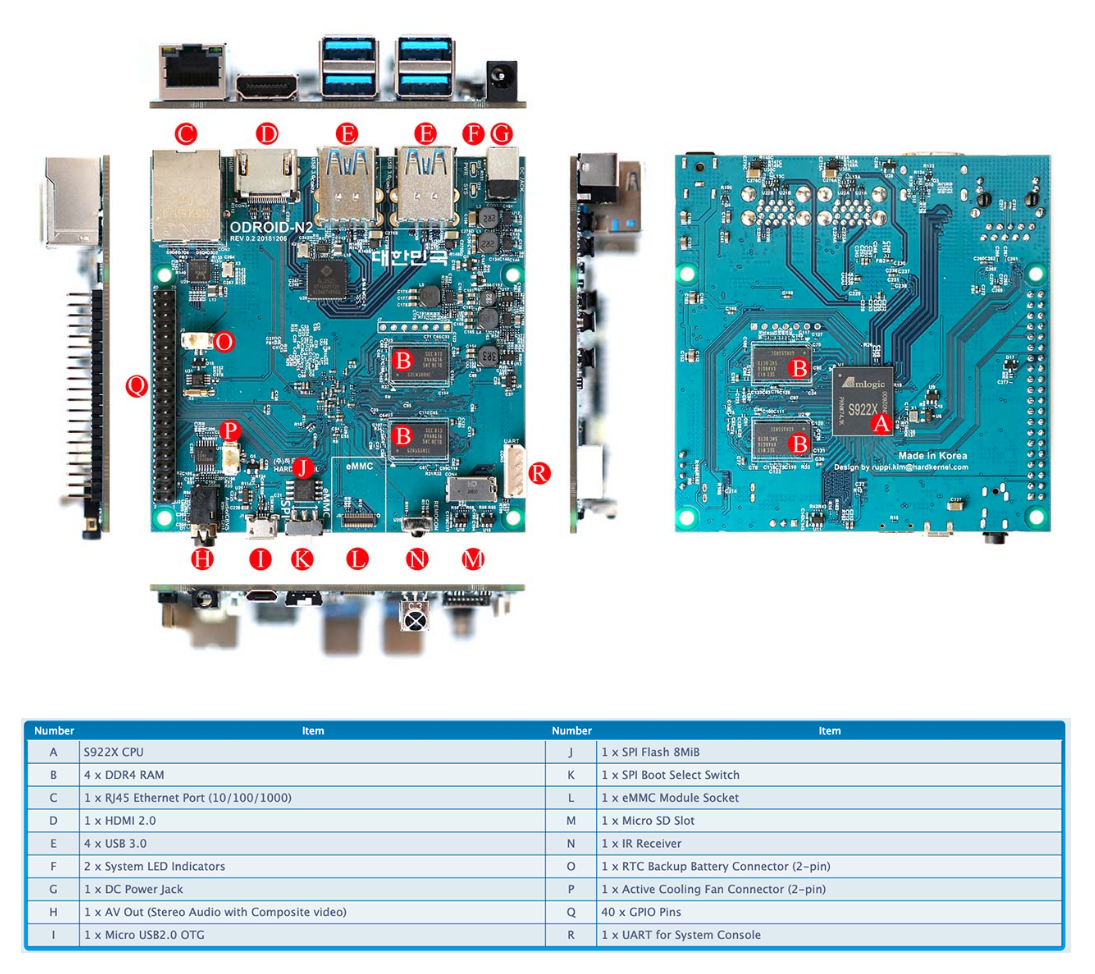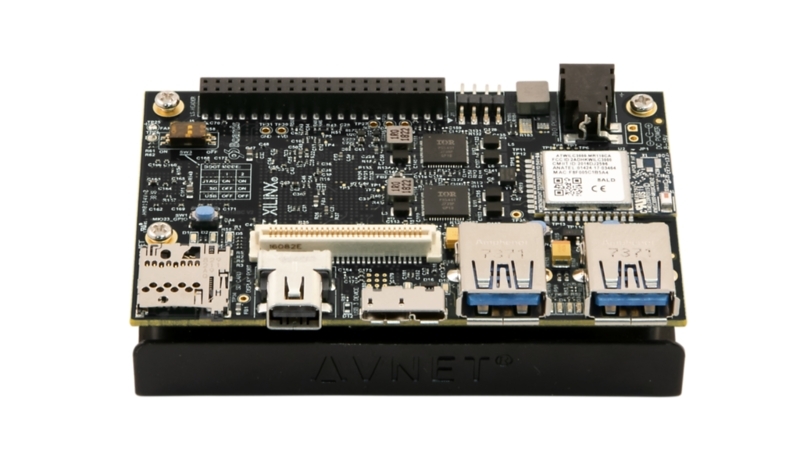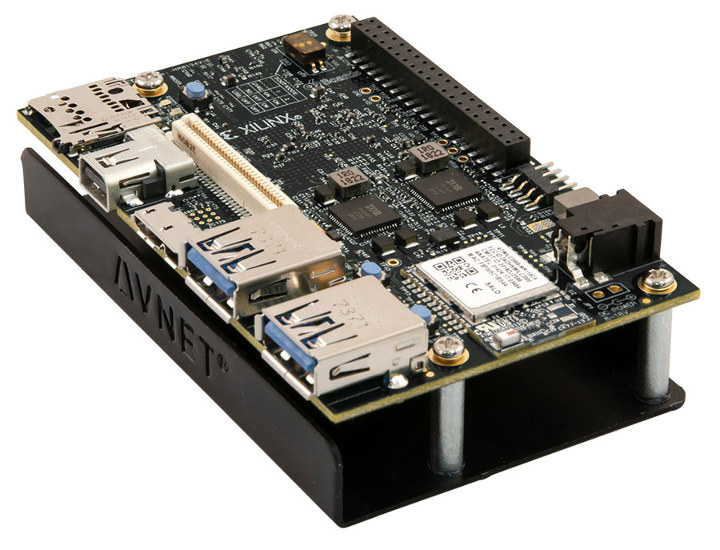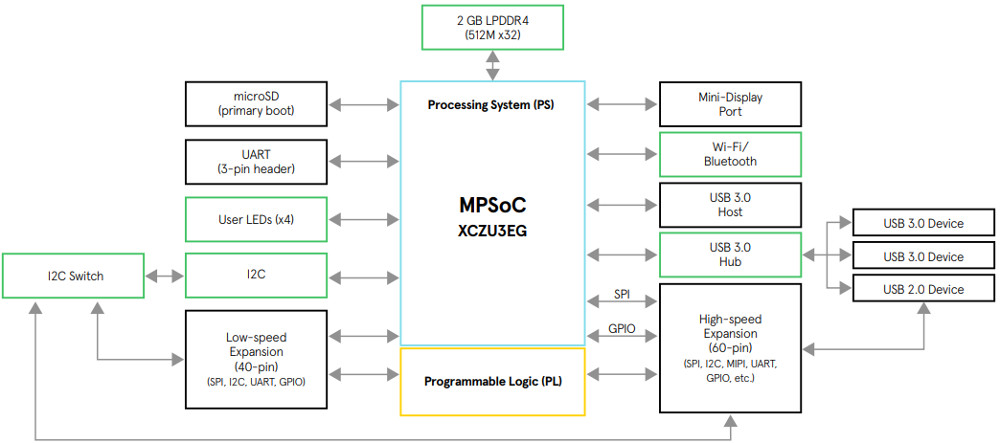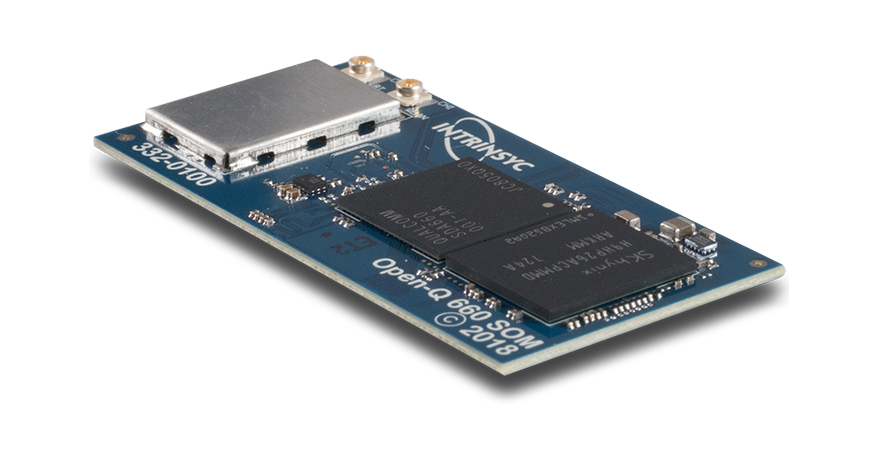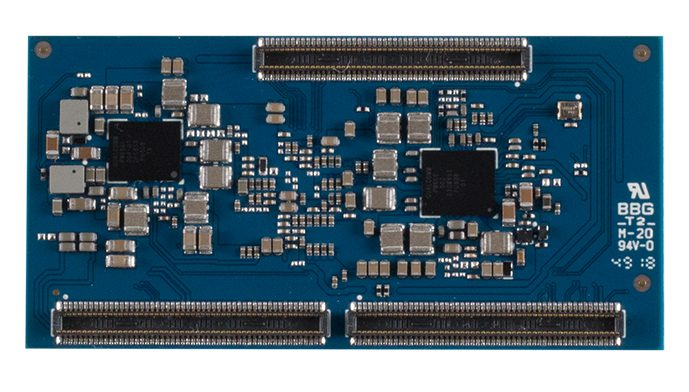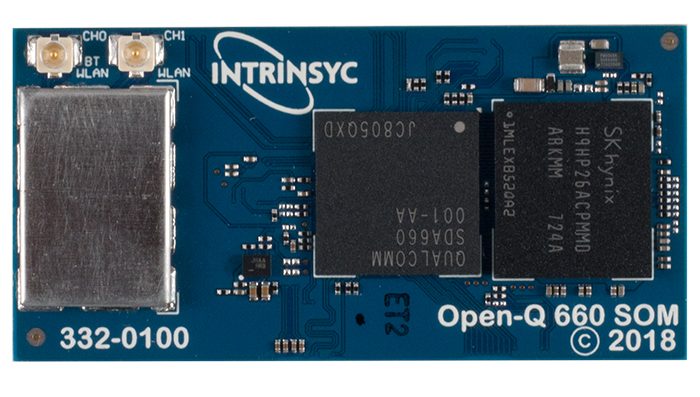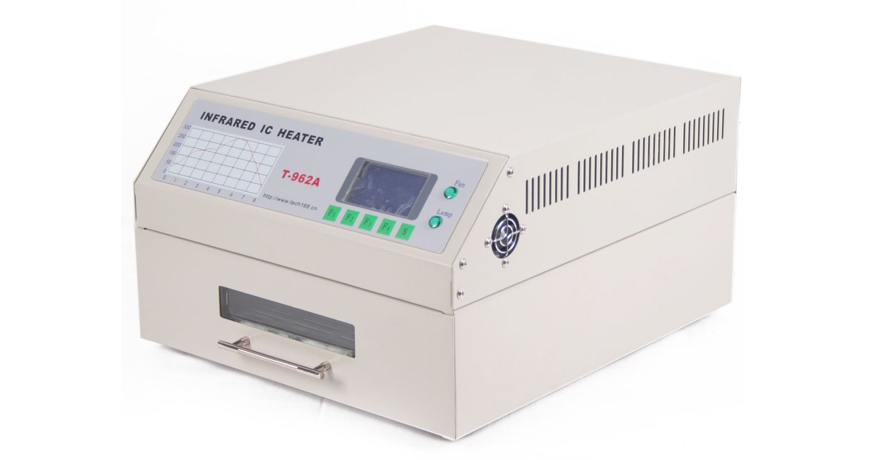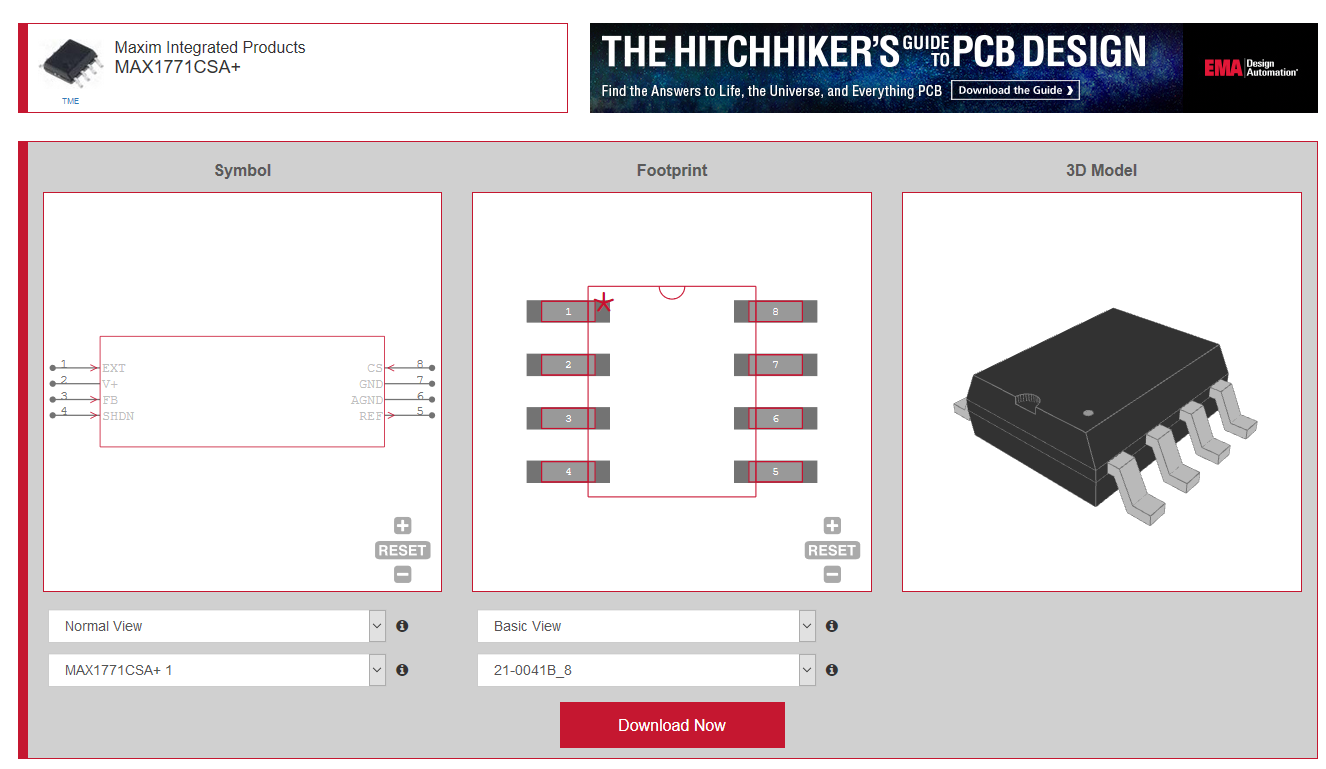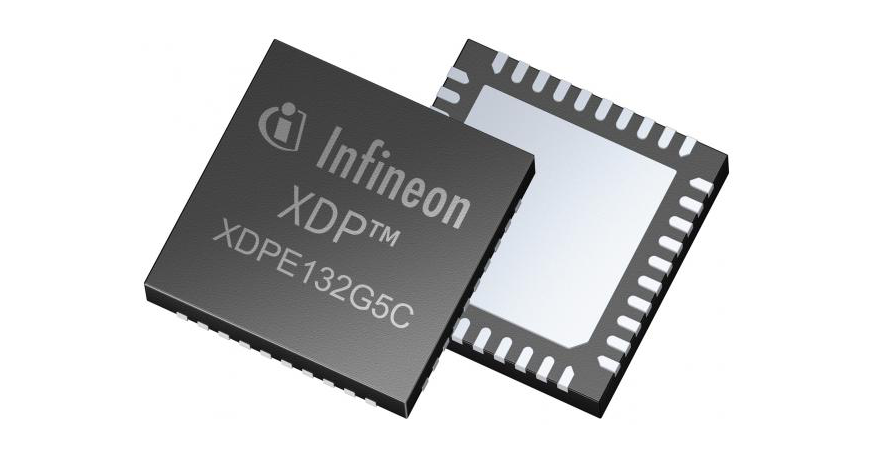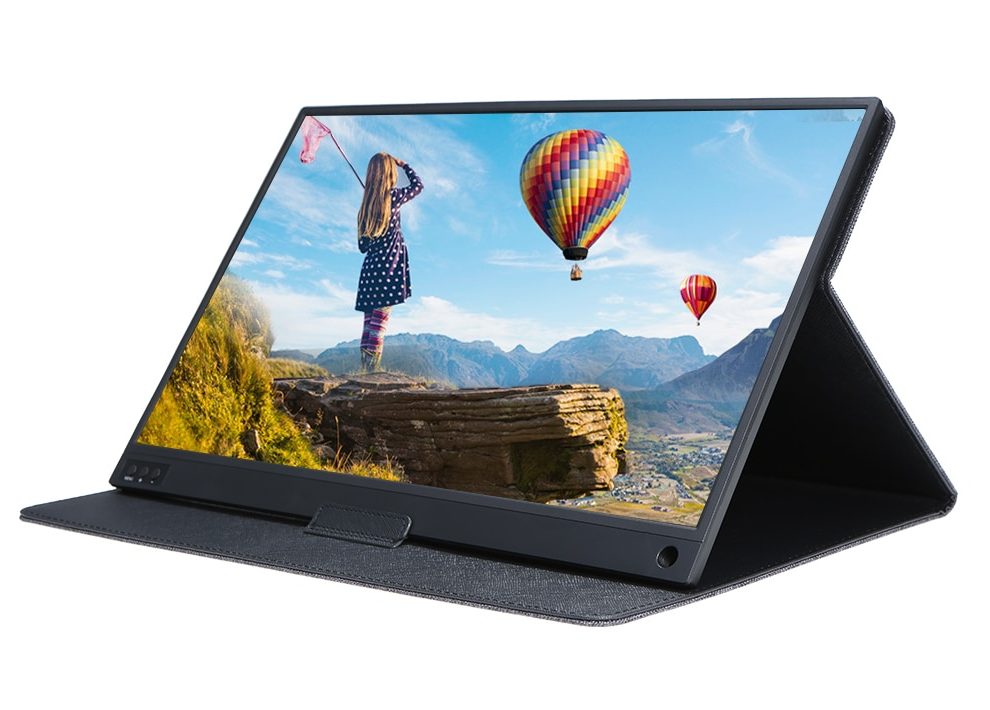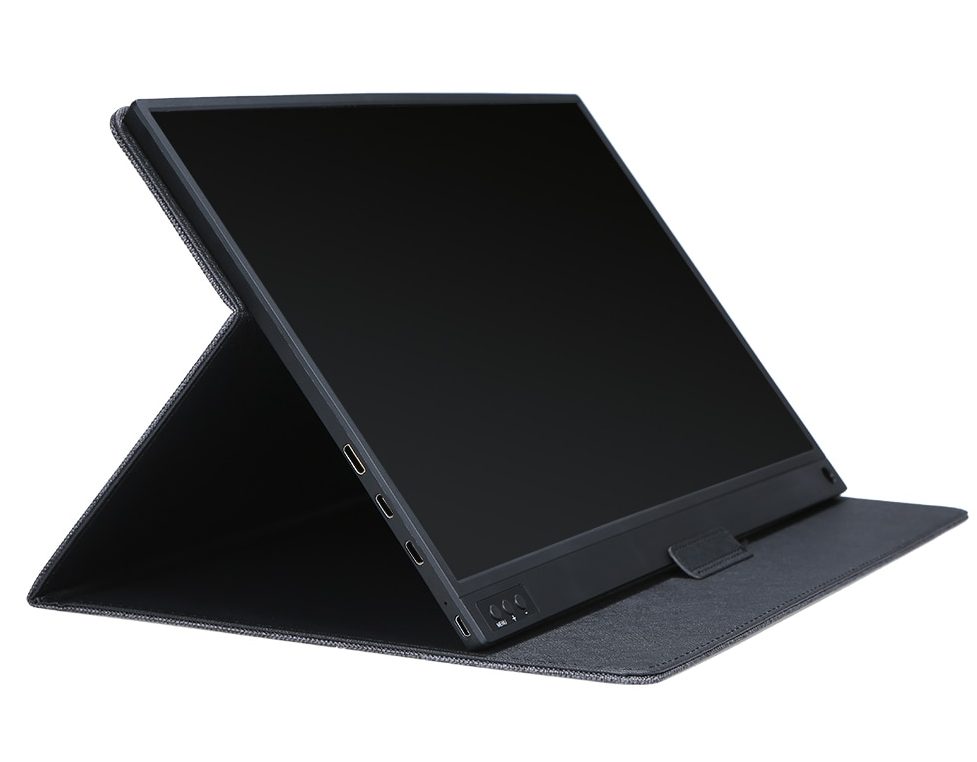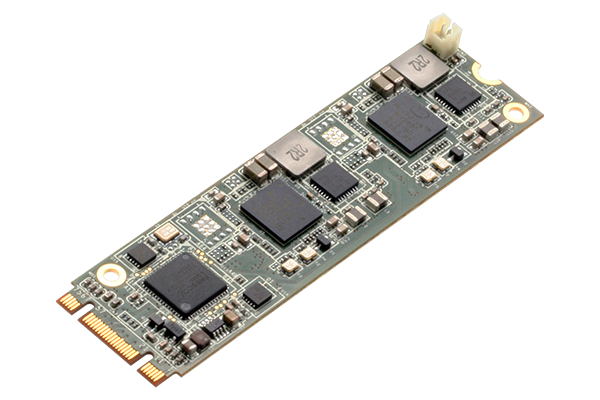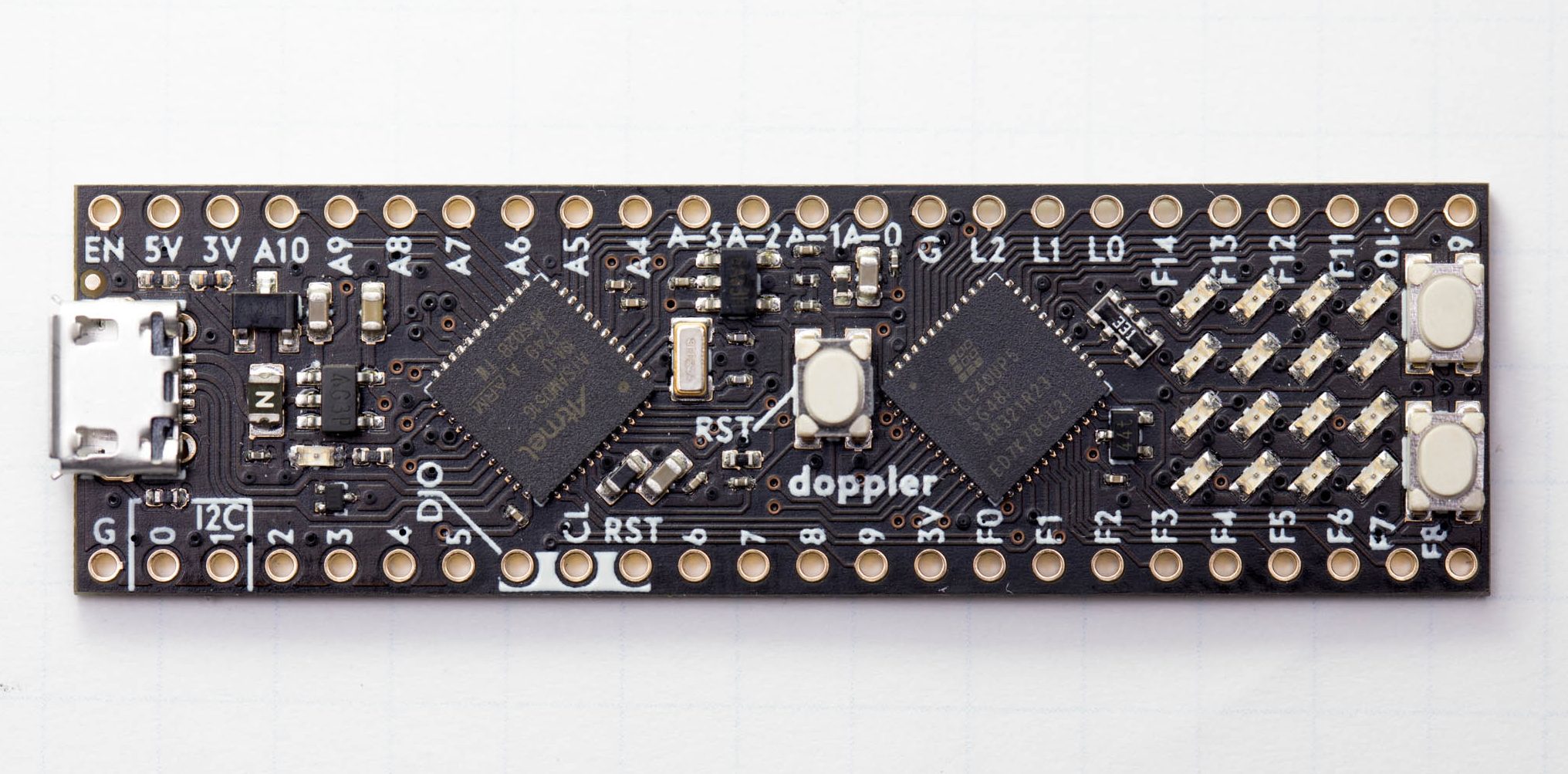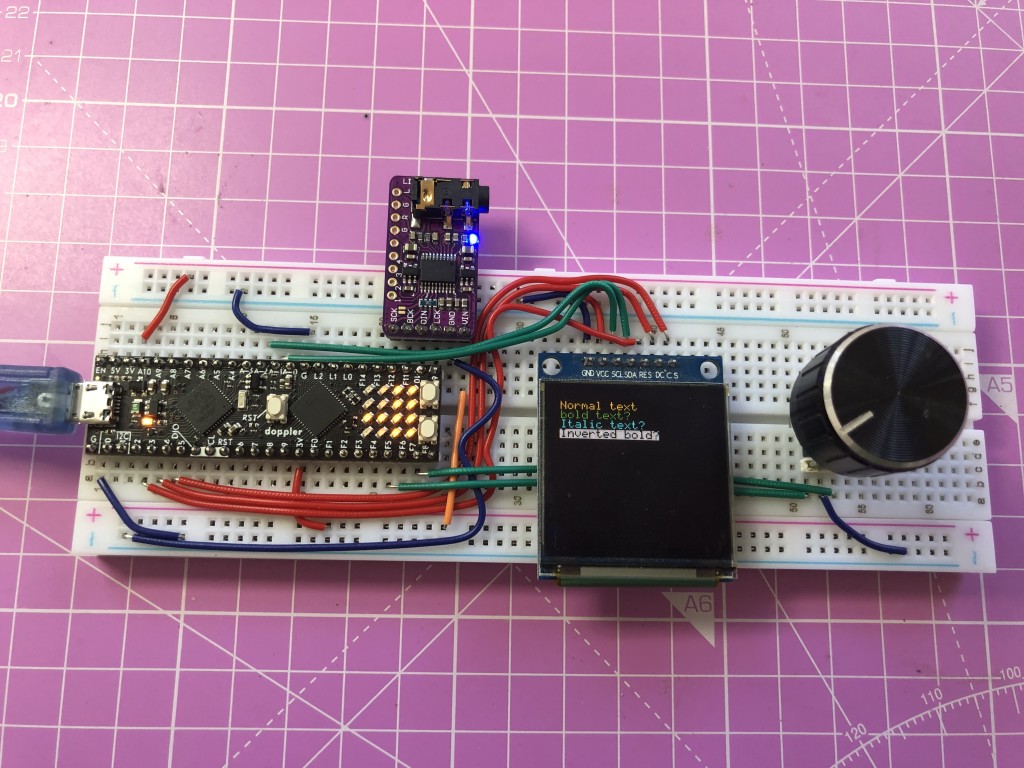ODROID-N2 is a new generation single board computer that is more powerful, more stable, and faster performing than ODROID-N1. The main CPU of the N2 is based on big.Little architecture which integrates a quad-core ARM Cortex-A73 CPU cluster and a dual core Cortex-A53 cluster with a new generation Mali-G52 GPU. Thanks to the modern 12nm silicon technology, the A73 cores runs at 1.8Ghz without thermal throttling using the stock metal-housing heatsink allowing a robust and quiet computer.
The CPU multi-core performance is around 20% faster and the 4GByte DDR4 RAM is 35% faster than the N1. The N2’s DDR4 RAM is running at 1320Mhz while N1’s DDR3 was running at 800Mhz. The large metal housing heatsink is designed to optimize the CPU and RAM heat dissipation and minimize throttling. The CPU is placed on the bottom side of the PCB to establish great thermal characteristics.
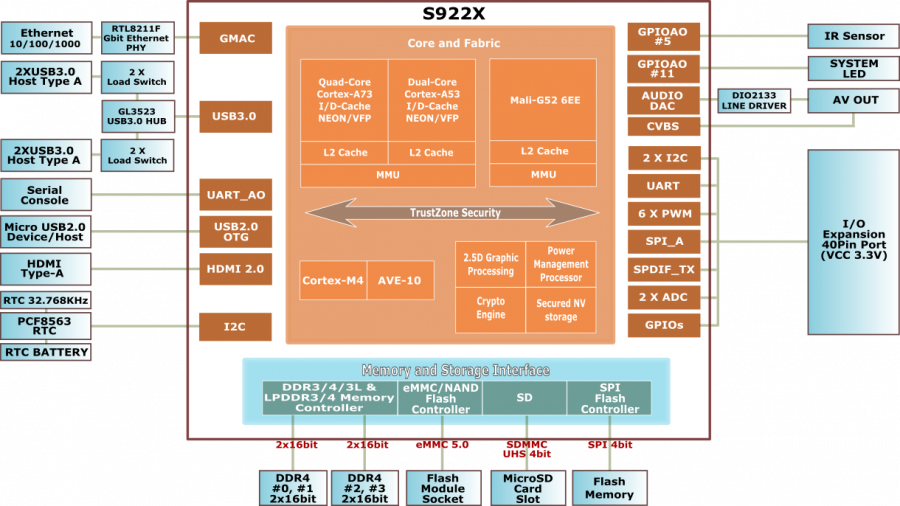
The specs for the Odroid-N2 appear to be the same as those we detailed in February when the SBC was formally announced.
Specifications listed for the Odroid-N2 include:
- Processor — Amlogic S922X (4x Cortex-A73 @ 1.8GHz, 2x Cortex-A53 @ 1.9GHz); 12nm fab; Mali-G52 GPU with 6x 846MHz EEs
- Memory/storage:
- 2GB or 4GB DDR4 (1320MHz, 2640MT/s) 32-bit RAM
- eMMC socket with optional 8GB to 128GB
- MicroSD slot with UHS-1 SDR104 support
- 8MB SPI flash with boot select switch and Petitboot app
- Wireless — Optional USB WiFi adapter
- Networking — Gigabit Ethernet port (Realtek RTL8211F); about 1Gbps
- Media I/O:
- HDMI 2.1 port for up to 4K@60Hz with HDR, CEC, EDID
- Composite video jack with stereo line-out and 384Khz/32bit audio DAC
- SPDIF audio via 40-pin
- Other I/O:
- 4x USB 3.0 host ports (340MB/s typical)
- Micro-USB 2.0 OTG port (no power)
- Serial console interface
- Fan connector
- Expansion — 40-pin GPIO header (25x GPIO, 2x i2C, 2x ADC, 6x PWM, SPI, UART, SPDIF, various power signals, etc.)
- Other features — RTC (NXP PCF8563) with battery connector; IR receiver; metal heatsink; 2x LEDs; optional $4 acrylic case
- Power — 7.5-20V DC jack; 12V/2A adapter recommended; consumption: 1.8W idle to 5.5W stress
- Dimensions — 90 x 90 x 17mm
- Operating system — Ubuntu 18.04 LTS with Kernel 4.9.152 LTS and Android 9 Pie BSPs
The Odroid-N2 is on sale for $63 (2GB RAM) or $79 (4GB) with shipments beginning April 3. More information may be found on Hardkernel’s $63 (2GB RAM) and $79 (4GB) shopping pages and the Odroid-N2 wiki.


